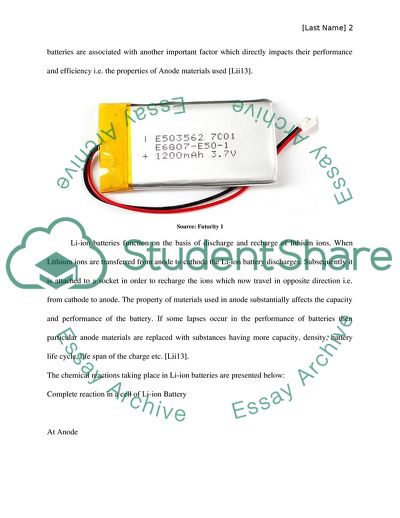Cite this document
(Anode Materials in LI-Ion Batteries Research Paper - 1, n.d.)
Anode Materials in LI-Ion Batteries Research Paper - 1. https://studentshare.org/chemistry/1803560-anode-materials-in-li-ion-batteries
Anode Materials in LI-Ion Batteries Research Paper - 1. https://studentshare.org/chemistry/1803560-anode-materials-in-li-ion-batteries
(Anode Materials in LI-Ion Batteries Research Paper - 1)
Anode Materials in LI-Ion Batteries Research Paper - 1. https://studentshare.org/chemistry/1803560-anode-materials-in-li-ion-batteries.
Anode Materials in LI-Ion Batteries Research Paper - 1. https://studentshare.org/chemistry/1803560-anode-materials-in-li-ion-batteries.
“Anode Materials in LI-Ion Batteries Research Paper - 1”. https://studentshare.org/chemistry/1803560-anode-materials-in-li-ion-batteries.


